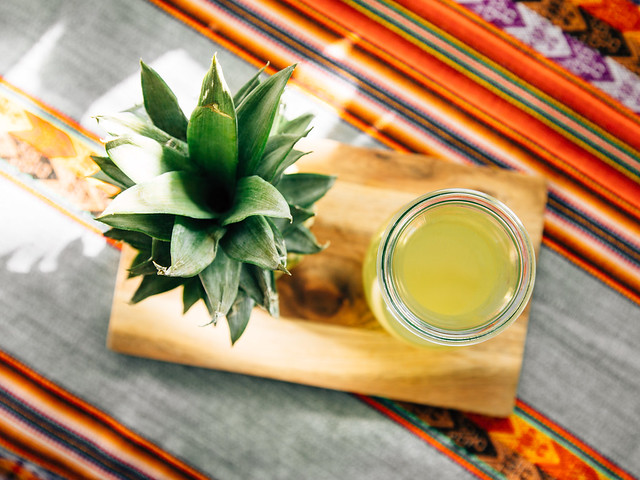How we wound up in Lomas de Arena Regional Park, Bolivia
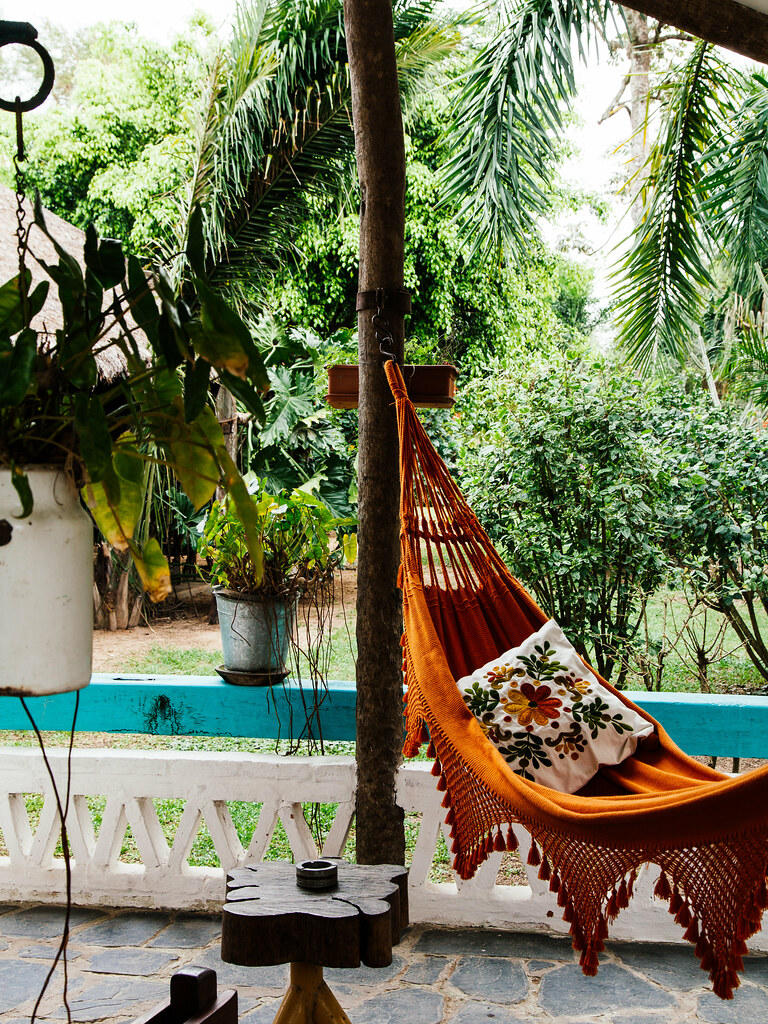
On the night of our wedding, Thom finally revealed that he'd been "planning" a trip to South America for our honeymoon. I say "planning" because all he did was book our plane tickets and reserve two spots for the Salkantay trek to Machu Picchu - and aside from buying a couple of LP travel guides, he had no strategy for what we'd do along the way. Although I used to be all about laying the groundwork in advance - right down to where we were going to eat for breakfast, lunch, and dinner (YIKES) - the more we travel, the more I've come to appreciate having a mostly empty itinerary that encourages spontaneity and that live in the moment mentality.
That mostly empty itinerary is how we wound up in Lomas de Arena Regional Park. Well, that and the fact that our flight was rerouted - last minute, from La Paz to Santa Cruz - due to fog that didn't lift. We walked off the plane laughing, mostly because this would happen to us on our honeymoon, but also because we've never seen people so livid over circumstances that were beyond the airline's control (ahem, weather). Also, it was a nice reminder as to why you don't plan (if you can help it) - because instead of getting angry when your flight is diverted (and yelling at all the airline attendants), you laugh and drink shitty coffee with your husband, and post up in a booth with another couple who is equally as entertained by the spectacle of disgruntled travelers, as you are.
After spending a few hours in the airport, we decided we weren't going to waste anymore time waiting around, so I hopped on Airbnb and booked a lodge that didn't look like it was too far from town. Unfortunately, even with the map in hand, a majority of the taxi drivers had no idea how to get there. And it wasn't until we were 20 minutes into the ride that I realized why: it was more than a little off the beaten path. As in, we were driving on dirt roads that were littered with giant holes. And if they were't littered with giant holes, they were consumed by sprawling puddles of stagnant water. It was 30 minutes into the ride that Thom looked at me with concerned eyes and a facial expression that could have only read WHAT THE HELL HAVE YOU GOTTEN US INTO? Little did we know, we'd be in the car for another 45 minutes.
I was certain our driver was lost.
After stopping to ask locals for directions half a dozen times, we arrived at the entrance of the park and there was Chiquitín, our host, standing in front of his mud-splattered Land Rover wearing a jean jacket, a cowboy hat, and the toothiest grin I've ever seen. I looked at Thom and we both breathed a sigh of relief; we made it.
He threw our bags into the back of his jeep - and I sandwiched myself between the new stranger and my new husband - and we continued down another dirt path that took us through a thick, tropical forest (I saw two monkeys!) and a knee-deep river I wasn't sure we'd be able to cross. Eventually we arrived at Chiquitín's Airbnb and were greeted by a dozen cats and dogs, a curious rooster, and the best damn pineapple water I've ever had (the recipe is at the end of this post). We were shown to our bungalow and almost immideately kicked off our shoes and made a bee line for the hammocks - where we stayed for the duration of the afternoon, swaying in the perfectly cool breeze and admiring the flora and fauna from afar. Eventually we pulled ourselves out of the hammocks, ate dinner, and hiked over to the sand dunes and climbed to the top - just in time to watch the cinematic sunset. We returned around 7PM, succumbed (not surprisingly) to the suspended beds of rope mesh, and eventually the real bed. I don't remember it being particularly comfortable (there was no pillow-top mattress or fancy, 750 thread count sheets), but I had the best sleep of my life in that little bungalow, and slept for a good 12 hours before being startled awake by the rooster.
I eased into the morning with a mug of warm, caffeinated goodness while Chiquitín so generously shared his wealth of knowledge about the park. I managed to get Thom out of bed just in time for breakfast, which was a feast of homemade bread, fried potatoes, and all the fresh fruit we could eat. Before we knew it, it was time to say goodbye to our gracious host and his little pocket of awesome, so we loaded our things into the bed of his truck and he drove us back to the entrance of the park. It was there that Chiquitín bid us farewell, put a flower in my hair, and told us that - if we needed anything or ran into trouble during our time in South America - he was only a phone call away. And it was there that my eyes got a little wet and I realized that having an empty itinerary is, undoubtedly, the most thrilling way to travel.
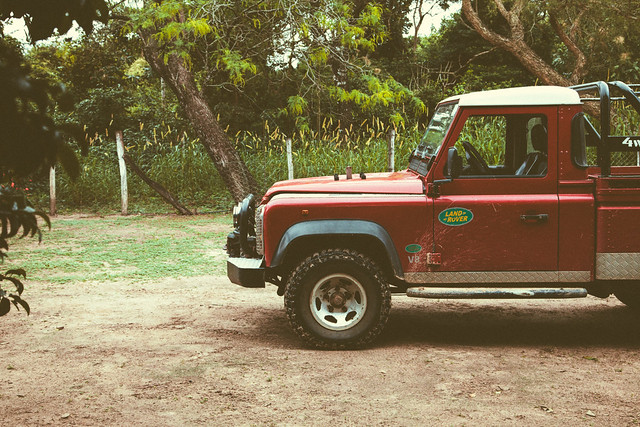

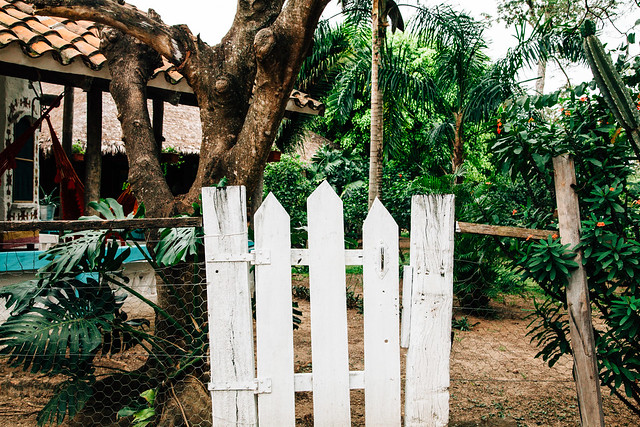
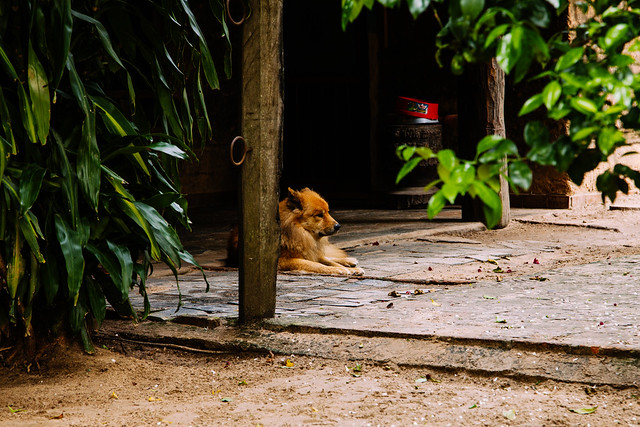
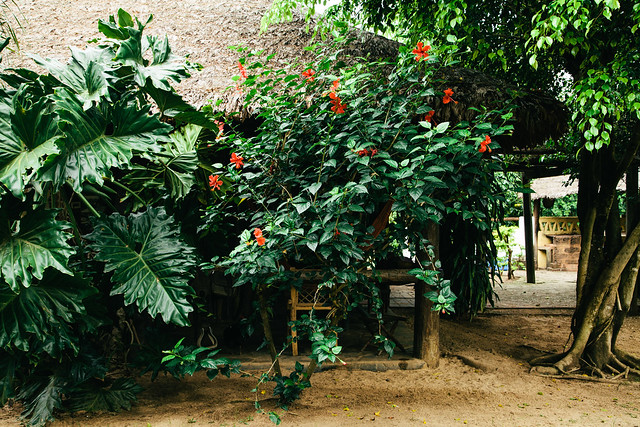
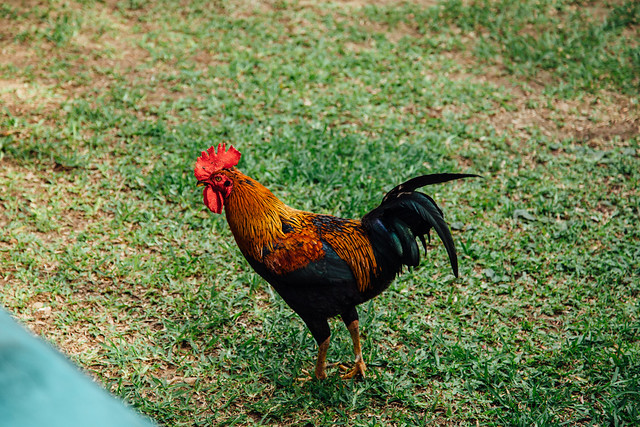

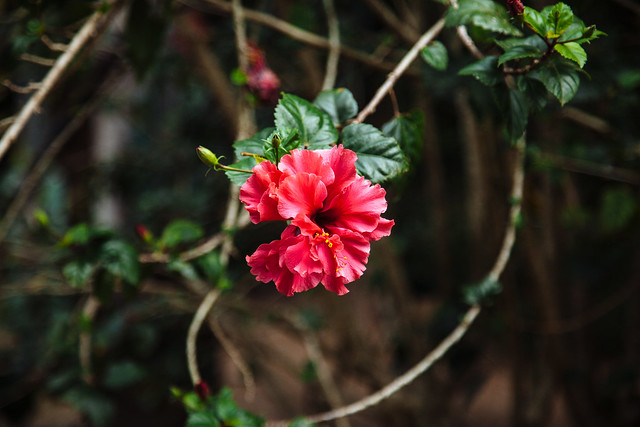
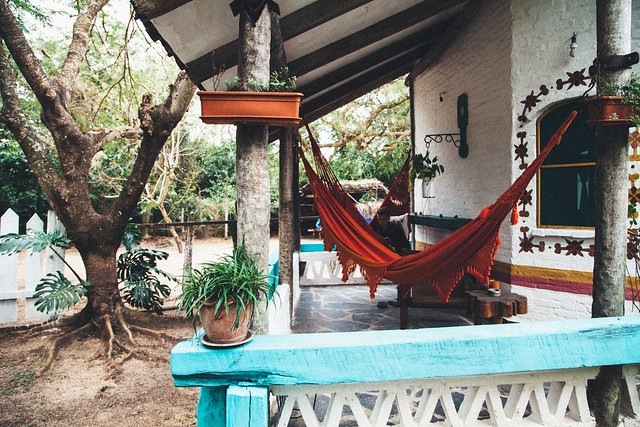
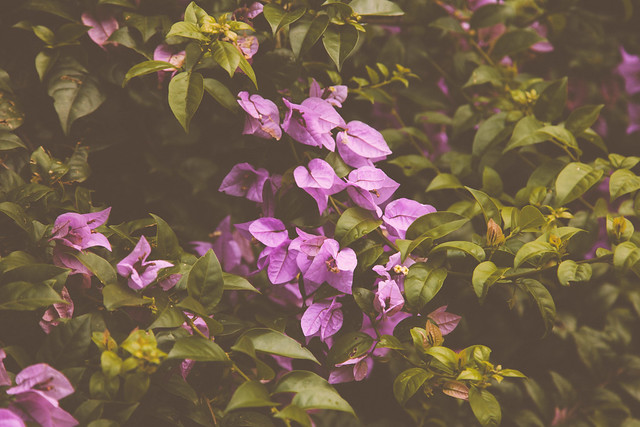
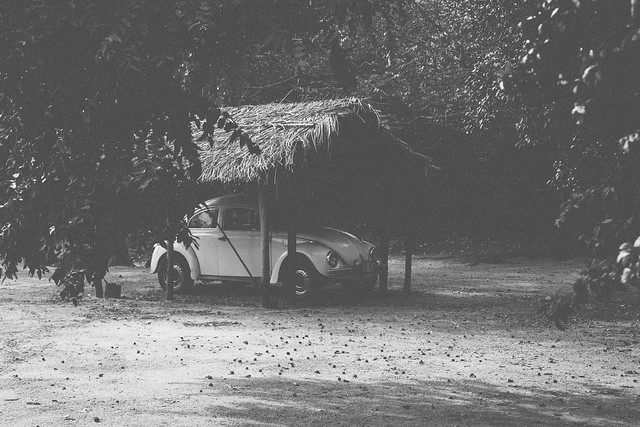
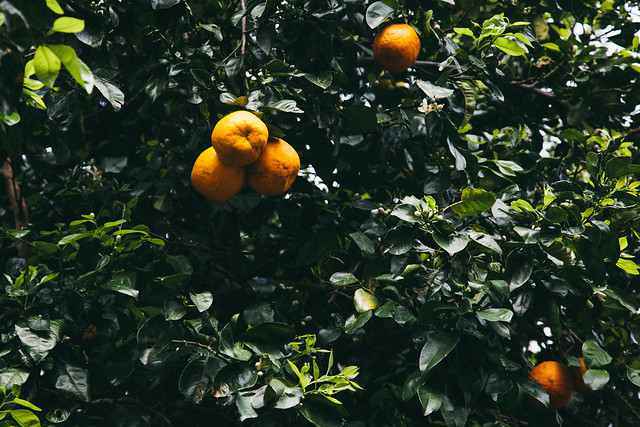
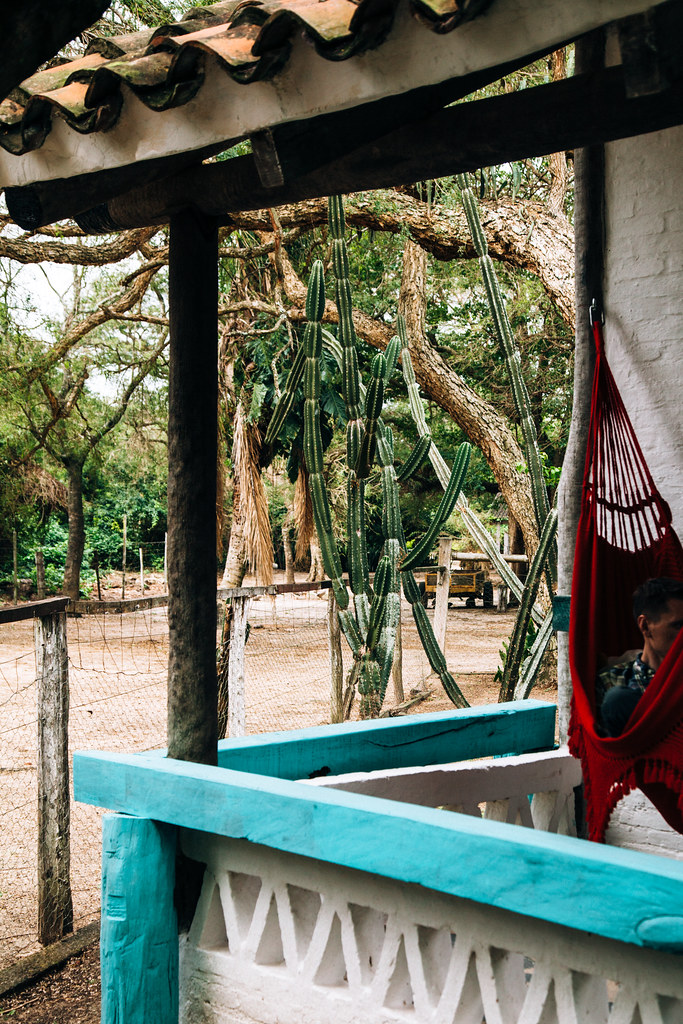
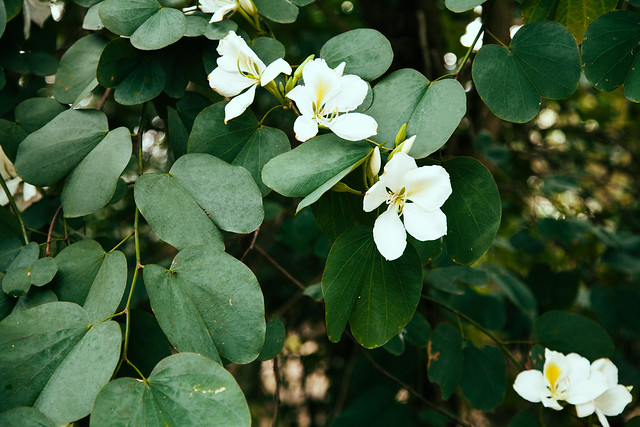

Notes: Your pineapple must be ripe in order for this to work. To ensure you pick a ripe pineapple, try to choose the one with the strongest and sweetest scent. There are a few ways you can make this water (steaming the rind and the core, boiling just the core, boiling everything then blending, etc.), but today we're going to keep it simple and boil all of the pineapple scraps (aside from the leaves, of course). If you don't have an organic pineapple, I'd advise against boiling the rind and halve the amount of water and just boil the core, instead. If you want to fancy this up, ginger root, turmeric, citrus peel, berries, etc. all make for great additions. My most recent favorite? Adding a tablespoon of goji berries and a heaped handful of flaked coconut during the last 20 minutes of boiling.
HOW TO MAKE PINEAPPLE WATER
1 ripe organic pineapple (see notes above)
8 cups filtered water
Using a vegetable brush, scrub your pineapple under hot water for 1-2 minutes. You want to remove as much dirt and residue as possible. Once your pineapple has been thoroughly scrubbed, use a sharp knife to skin it and remove the edible part of the fruit from around the core. Store the fruit then collect the scraps (rind and core) and put them in a 4QT saucepan. Add water, cover with lid, and set the pan over medium heat. Bring to a boil then continue simmering for 30 minutes. Remove lid and increase heat to medium-high, and continue boiling until the water has been reduced to half; 30-45 minutes. Once halved, pass the water through a strainer (lined with cheesecloth) and into a large jar. Refrigerate and serve chilled. If additional sweetness is desired (pineapple water is just barely sweet), pair with fresh ginger syrup (and maybe some soda water and a shot of rum).
Yield: 32+ ounces
